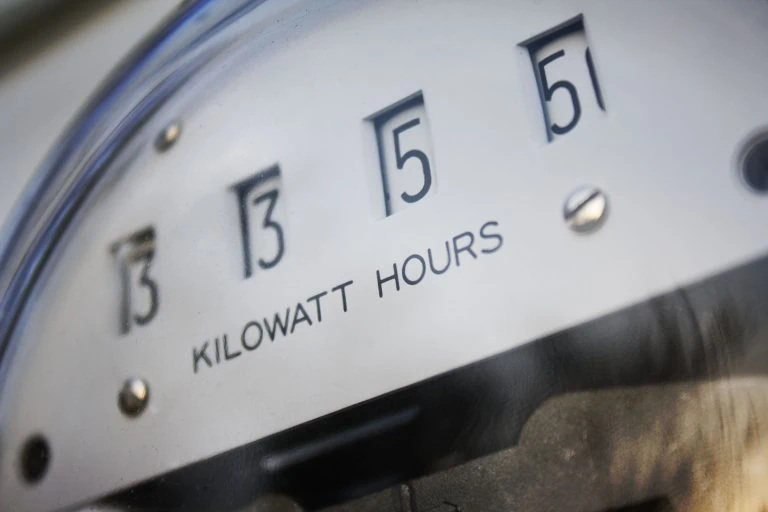
The size and number of refrigerators also affects power consumption. A single door display fridge uses less power than a triple door display fridge, for example. And a whole row of supermarket fridges will use much more power than a little bar fridge.
Read on to learn 8 different ways a business owner can keep their refrigeration power costs down.
Commercial refrigerators typically come equipped with automatic defrost functionality. This can mean off-cycle defrost, a heating element attached to the evaporator, or a more robust heating system for larger coolers.
Although automatic defrosting may use power, you’ll actually save money if you ensure that it’s working optimally, as a faulty defrost system will cause a build up of ice around the evaporator coil, which will make your fridge work much harder than it needs to just to keep it at the right temperature.
You also want to ensure that the defrost cycle is not running too often, as this will increase the temperature of your fridge and will affect the longevity of your products.
Commercial display refrigerators require heated glass doors to keep condensation and frost from fogging up the glass. Heated glass doors ensure the products you have on display are clearly presented to customers and staff. Make sure the heating controls can detect when heating is required, and are set to turn off when heating is no longer needed.
The seals around your refrigerator doors can degrade or become damaged over time. If your fridge door is not tightly sealed, warm and moist air can leak into the unit. This warm air will displace the cooled air, and will make your refrigerator work much harder than it needs to. You may begin to notice ice build up and other issues.
The longer it takes to notice a damaged seal, the more power is wasted. Check all your gaskets and wipe them over regularly, as food and debris can create gaps in the seal.
Condenser coils quickly accumulate dust, grease, hair, and other debris. Keeping your condenser coils clean optimises heat transfer and allows the refrigerator to work efficiently. As mentioned, you also want to keep your evaporator coils free of ice and food debris, as ice will eventually act as an insulator, causing your fridge to work much harder.
Ensure the area around your refrigerator is kept clean and that there is maximum airflow around the unit. As mentioned, dust can quickly accumulate on the condenser coils, and if there is limited airflow around the unit, this can also cause the coils to work less efficiently. Check the maximum ambient temperature of your fridge or freezer, and consider if your fridge will be in a very hot and humid environment or placed right next to very hot appliances.
We all remember our parents telling us not to leave the fridge door open, but that can be harder to control in a commercial setting where customers can leave doors open for long periods of time. Before you knock off for the night, check that all of your refrigerator doors are shut tightly, as even a small gap left over night can waste a lot of energy and rack up your power bill.
If you have open air coolers, make sure they have overnight curtains that act as a covering to keep cooled air inside the unit, as this will save on power.
Motion sensor lighting can save you lots of money, as the lights turn on when someone enters the cool room, and turn off once they’ve left. This fixes the problem of staff accidentally leaving lights on when exiting the cool room.
The Australian government has requirements in place to ensure that all commercial refrigerators sold within Australia are energy efficient and produce the least amount of greenhouse gases.
Commercial cooling cabinets are assessed against an energy rating system called the EEI scale, or the Energy Efficiency Index scale. If a commercial fridge exceeds the maximum level on the EEI scale, it will not be legally available for purchase in Australia or New Zealand.
Energy efficient cabinets typically use less electricity and cost less money to run long term.
Check out our range of high end commercial refrigerators that boast energy efficiency and high quality components that help you save on energy costs.